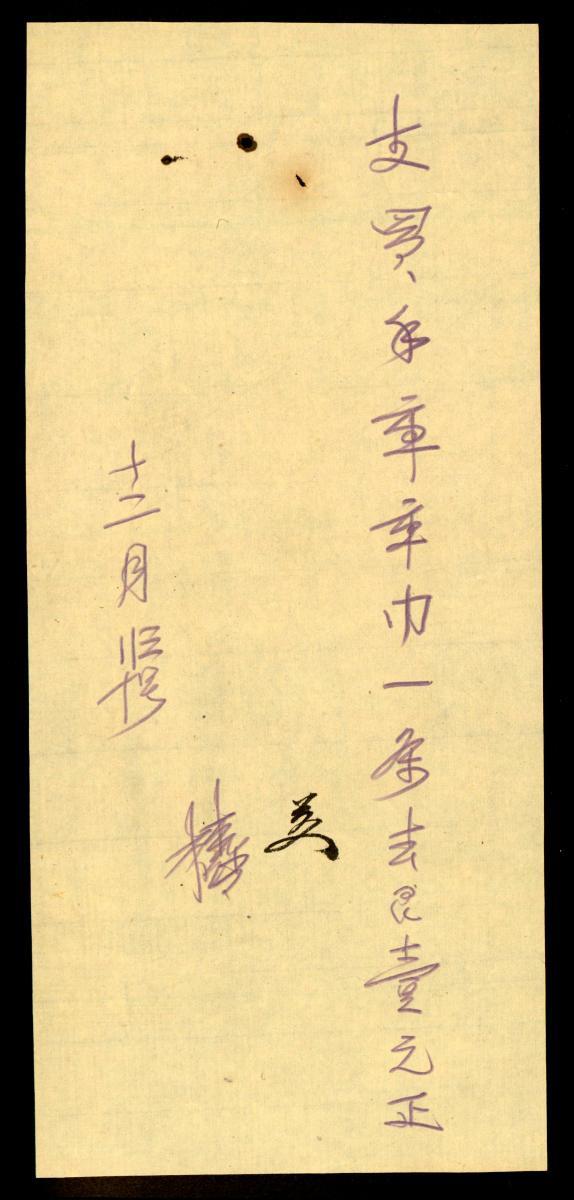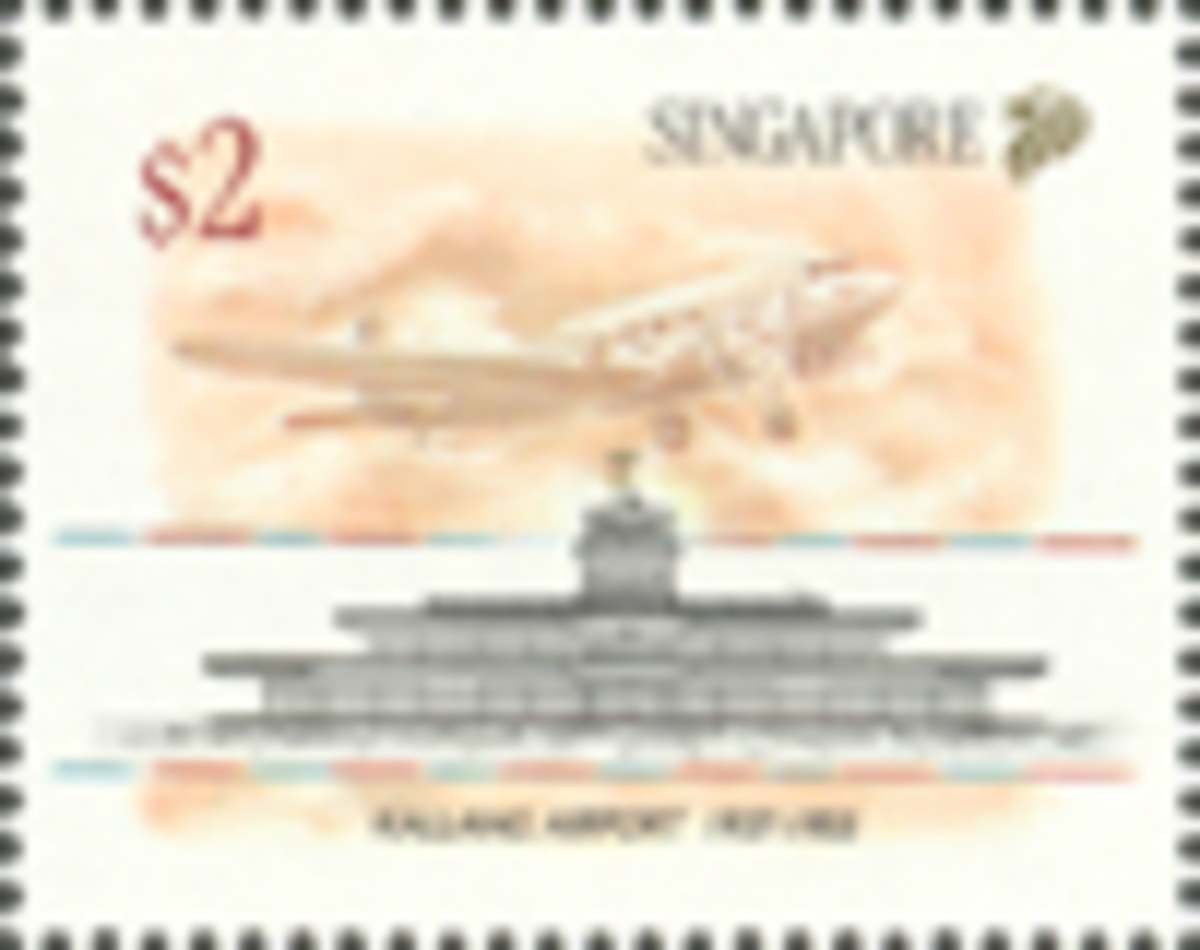This painting depicts the ninth Sikh guru, Tegh Bahadur (1621–75), with an attendant receiving visitors. It is in the style of Punjab and Sikh school miniature paintings, both of which flourished under the patronage of rulers and wealthy patrons in Punjab in the 19th century. The unrefined style indicates that it is probably “bazaar art” rather than a work commissioned by a ruler or wealthy patron. Paintings like this were typically sold in the bazaars of Amritsar, India, in the late 19th century. Portraits of historical and religious people were a common theme.Guru Tegh Bahadur is remembered as the second Sikh martyr, executed under the orders of Mughal emperor Aurangzeb for his refusal to convert to Islam and for defending the Hindu brahmins of Kashmir against forced conversion. Poetry he wrote is included in the Guru Granth Sahib, the central religious scripture of Sikhism.















